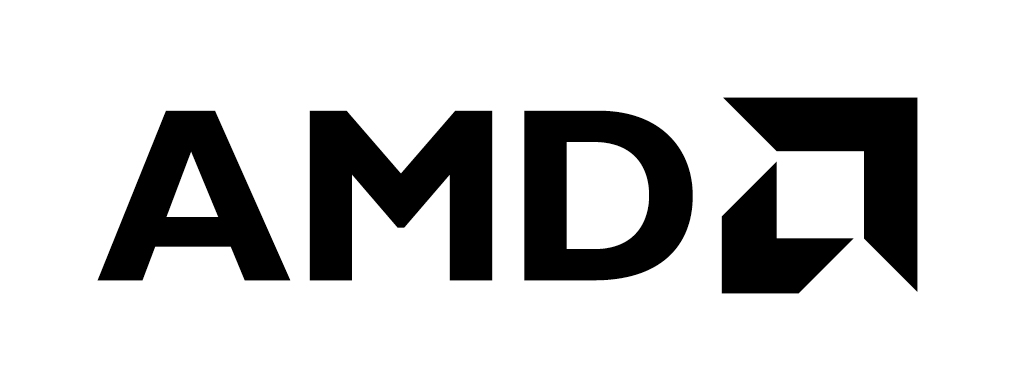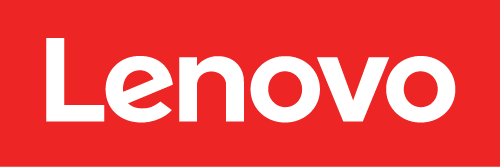Abstract: The bandwidth hungry applications are increasing exponentially day-by-day, resulting in a high volume of mobile data that requires high-data-rate wireless connectivity. The 5th generation (5G) communication will offer many new services with ultra-high system capacity, massive device connectivity, ultra-low latency, ultra-high security, ultra-low energy consumption, and extremely high quality of experience (QoE). Hence, this fast growing usage of mobile data requires efficient technical solutions to guarantee quality of service (QoS) for end users. It is well established that communications based on RF are limited owing to the limited spectrum resources in wireless networks. Hence, to support the growing demand, many researchers currently consider license-free optical spectrum [1 mm–10 nm] as a promising complementary technique of RF. Optical wireless communications (OWC) is such a system that uses optical spectrum as the communication medium. Due to the rapid progress of light emitting diodes (LEDs), OWC has become a promising solution. OWC technology can use a vast optical spectrum as well as provide high-quality communication features such as electromagnetic interference free, high security, and high energy efficiency. Using OWC, a data rate of 100 Gbps is demonstrated at standard indoor illumination levels. As most of the OWC technologies do not require heavy infrastructure, an all-important green agenda can be sustained and the installation costs can be minimized as this will used the existing infrastructure. Since light does not penetrate the walls, OWC can offer better data security. In OWC, visible light (VL), infrared radiation (IR), or ultraviolet (UV) spectra are used as wireless medium. The most promising OWC technologies are VLC, LiFi, optical camera communication (OCC), and free-space optical (FSO) communication. The propagation media, communication protocol, architecture, and application scenario for each of these technologies are different. The tutorial will address aforementioned issues.
Duration: 3 Hrs
Names of the Presenters: Prof. Anand Srivastava
Designation and Affiliation: Professor, IIIT Delhi
Biography: Anand Srivastava did his M.Tech. and Ph.D. from IIT Delhi and is currently working at IIIT Delhi as Professor in ECE department since Nov. 2014 and also Director at IIIT Delhi Incubation Center (a Section 8 company). He is also Adjunct faculty in Bharti School of Telecom Technology at IIT Delhi. Before joining IIIT Delhi, he was Dean & Professor in the School of Computing and Electrical Engineering at Indian Institute of Technology Mandi, HP, India from Jan. 2012 to Nov. 2014. Prior to this, he was with Alcatel-Lucent-Bell Labs, India as a solution architect for access and core networks for 2.5 years. His initial stint (∼ 20 years) was with the Center for Development of Telematics (CDOT), a telecom research center of Govt. of India where he was Director and member of the CDOT Board. During his stay in CDOT, he provided technical leadership and motivation to a team of engineers engaged in the development of national-level projects in the areas of Telecom Security Systems, Network Management Systems, Intelligent Networks, Operations Support Systems, Access Networks (GPON) and Optical Technology based products. The majority of these projects were completed successfully and commercially deployed in the public telecom network. He also carried out significant research work in the Photonics Research Lab, Nice, France, under the Indo-French Science & Technology Cooperation Program on “Special optical fibers and fiber-based components for optical communications” during 2007-2010 in different phases. He was also closely involved with ITU-T, Geneva in Study Group 15 and represented India for various optical networking standards meetings. Currently, he is driving VLC/LiFi standardization activities under the aegis of TSDSI. His research work is in the area of optical core & access networks, Vehicle-to-vehicle communications, Fiber-Wireless (FiWi) architectures, and Visible light communications.
Websites: https://sites.google.com/iiitd.ac.in/anand-srivastava












